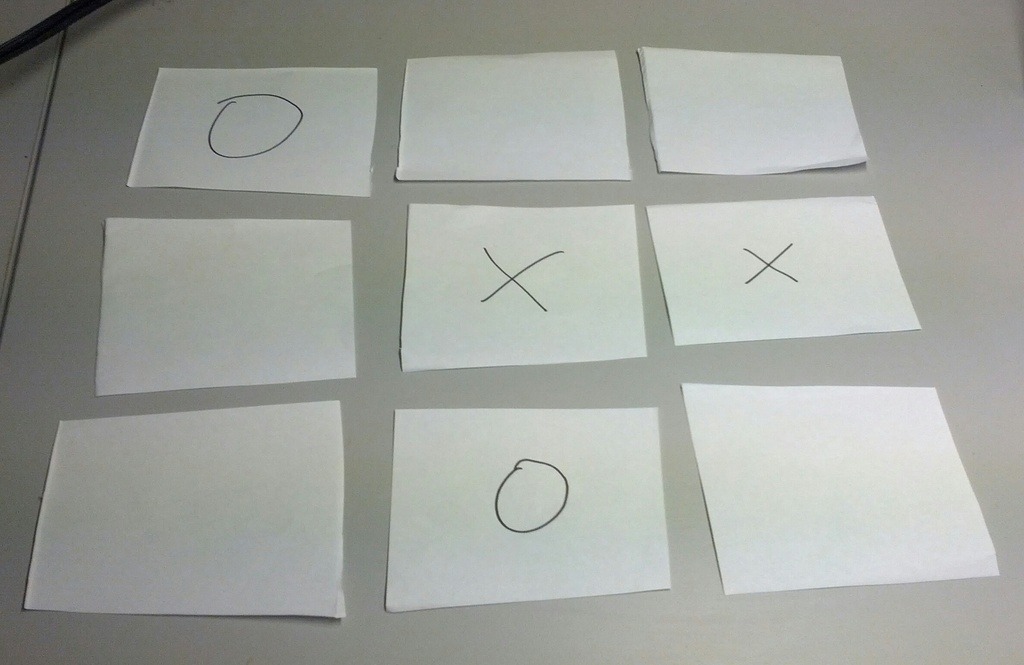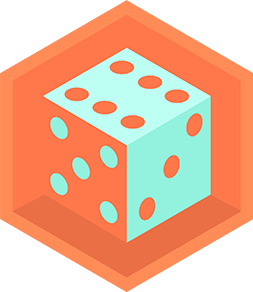Make a board game
Design and build a custom board game using cardboard, markers, dice, and tokens; create rules, test gameplay, and refine for friends or family.



Step-by-step guide to make a board game
How To Play Go (Beginner Tutorial)
Step 1
Pick a fun theme and decide the winning goal for your game.
Step 2
Decide how many players can play and how many tokens each player needs.
Step 3
Cut the cardboard to the size you want for your board.
Step 4
Use the ruler to draw a path or grid of spaces on the cardboard.
Step 5
Mark a clear Start space and a Finish space and choose any special spaces.
Step 6
Color and decorate each space with markers and colouring materials.
Step 7
Cut small cards and write an action or instruction on each card for special spaces.
Step 8
Write a short rule sheet that explains setup turn order how to win and what special spaces do.
Step 9
Make or pick tokens for each player and decorate them if you like.
Step 10
Play a test game with at least one friend or family member following your rules.
Step 11
Ask players for one thing to improve about the game.
Step 12
Change the board or rule sheet to fix that one improvement and tidy your artwork.
Step 13
Share your finished board game on DIY.org
Final steps
You're almost there! Complete all the steps, bring your creation to life, post it, and conquer the challenge!


Help!?
What can we use instead of cardboard, a ruler, or store-bought tokens if we can't find them?
Swap the cardboard for a flattened cereal box or poster board, use a straight book edge instead of the ruler from the Use the ruler step, and make tokens from coins, buttons, or folded paper as in the Make or pick tokens step.
How do we fix crooked paths, smudged colors, or confusing rules during the test play?
If the path is crooked or colors smudge, redraw faint pencil lines with the ruler, let markers dry before decorating, enlarge the small cards so players can read actions during Play a test game, and rewrite unclear points in the rule sheet as part of Change the board or rule sheet.
How can we change the game's difficulty for younger children or older kids?
For younger players make bigger spaces on the cardboard, use picture-only small cards and very short rules, and for older kids add more spaces, strategic action cards, and extra rules or scoring on the rule sheet.
What are fun ways to extend or personalize the board game before sharing it on DIY.org?
Add a homemade spinner glued to the board, build 3D landmarks from clay for special spaces, laminate the small cards for durability, let each player decorate their token, and implement the one improvement you discovered during Play a test game before you Share your finished board game on DIY.org.
Watch videos on how to make a board game
What Are Some Easy Board Game Ideas For Beginners? - Childhood Education Zone
Facts about board game design for kids
📦 Cardboard is a favorite for prototyping because it's cheap, sturdy, and easy to cut, fold, and recycle.
🎨 Designers usually make several paper or cardboard prototypes and playtest them to spot confusing rules or unfair advantages.
👪 Making and playing board games boosts teamwork, creativity, and problem-solving — perfect for family game nights.
🎲 Six-sided dice have been found in archaeological digs and were used by ancient civilizations over 4,000 years ago.
🧍 The cute wooden player pieces called 'meeples' became a popular board game token after the success of Carcassonne (2000).
How do I make a custom cardboard board game with my child step by step?
What materials do I need to build a homemade board game?
What ages is making a board game suitable for?
What are the benefits of designing board games with kids?


One subscription, many ways to play and learn.
Only $6.99 after trial. No credit card required



